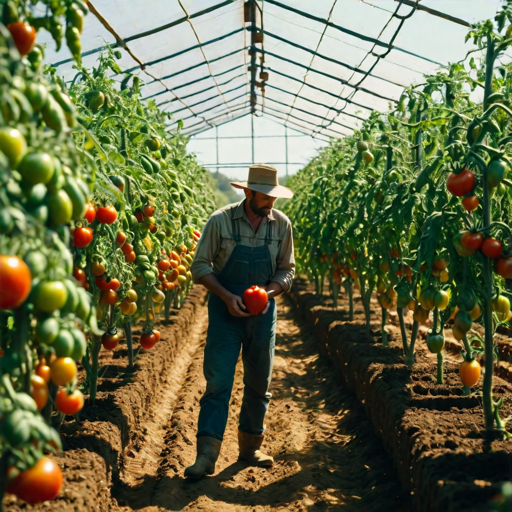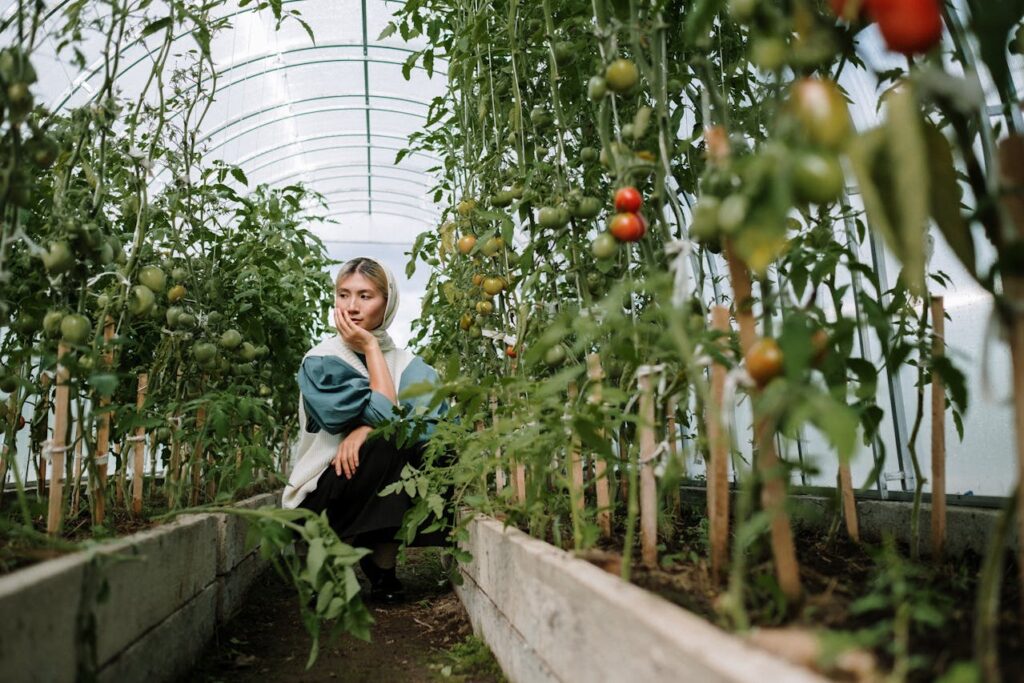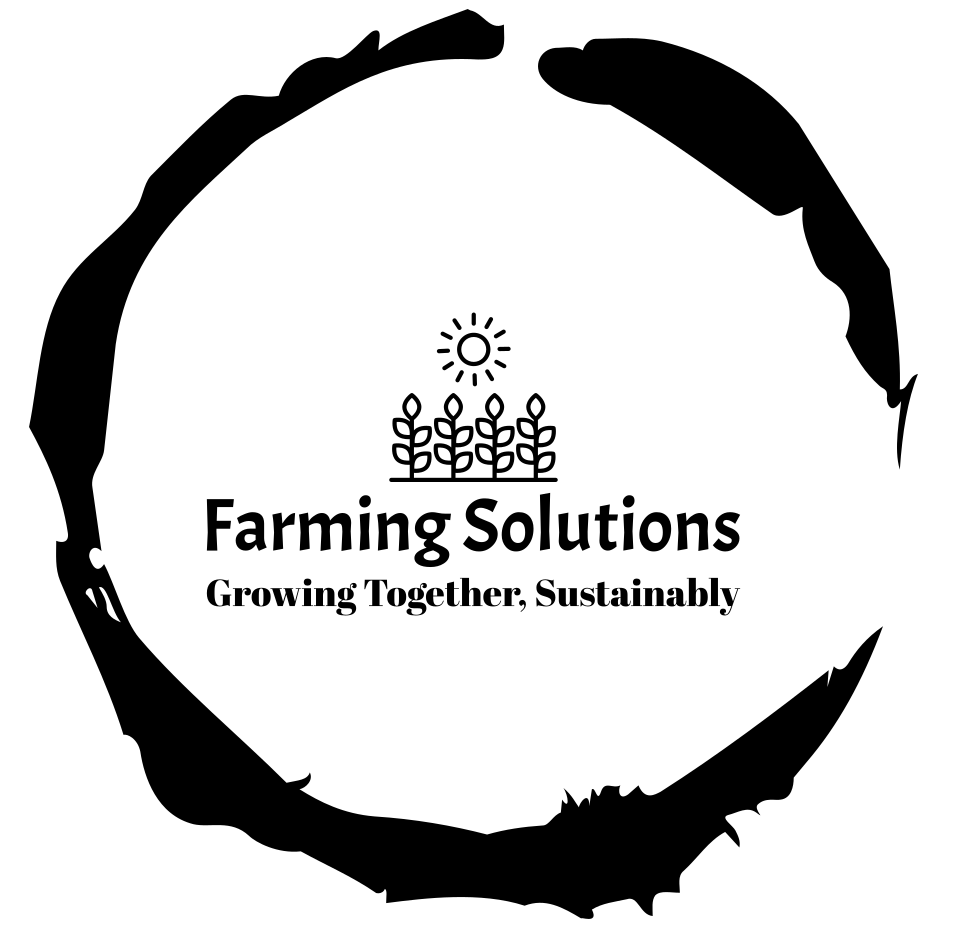
Explore effective organic tomato cultivation techniques with these expert tips and tricks. Learn how to grow delicious, healthy tomatoes in your garden using sustainable practices.
Welcome to the world of organic tomato cultivation techniques! Growing tomatoes organically not only yields delicious fruits but also promotes environmental sustainability and healthier eating habits. In this guide, we'll delve into effective techniques and valuable tips to help you cultivate thriving tomato plants in your garden using organic methods.
Now a large amount of tomatoes are being cultivated in season and off season. Tomato is the most produced vegetable crop in the world after potato and sweet potato. Tomato is a very nutritious vegetable. Both raw and ripe tomatoes are beneficial for the body. Day by day the popularity of various hybrid varieties of tomatoes is increasing to give good fruits in the off-season. Which variety will be more profitable depends on the season and market price. But it is possible to get more profit by growing tomatoes in early or early and summer season than in full season.

Before diving into the cultivation process, it's essential to lay the groundwork for successful organic tomato growing:
Choose tomato varieties suited to your climate and growing conditions. Opt for disease-resistant varieties to minimize the need for chemical treatments, promoting a truly organic approach to cultivation.
Prepare nutrient-rich soil by incorporating organic compost and amendments. Aim for well-draining soil with a pH level between 6.0 and 6.8 to ensure optimal nutrient uptake by tomato plants. Light-aerated fertile loam soil is best for growing tomatoes. However, with proper care, tomatoes grow well in all soils from sandy loam to atel loam. Soil acidity is 6.5 to 7.
The land should be plowed 4-5 times and the soil should be loosened with a ladder. 20-25 cm high and 230 cm wide beds should be made for tomato cultivation in summer. 30 cm drain should be kept between 2 beds to facilitate irrigation.
Tomatoes are cultivated by making seedlings. For this, seeds should be sown in seedbeds and seedlings should be made there. For success in tomato cultivation, purchased seeds or seeds kept at home must first be cleaned. If possible, a germination test should also be done before sowing in the seed bed. Once planted, if those seeds do not grow or grow less in the seedbed or if the grown seedlings are diseased, it will cause damage. Pathogens are often hidden in seeds. Diseases such as early blight, mosaic virus, fungal downy mildew etc. can be present in seeds. Those pathogens become active when they get water after being soiled. As a result, the plant dies. Sometimes the soil of the seed bed may also contain some pathogens. such as seedling collapse or damping off of disease pathogens. These pathogens can also attack seedlings. That is why it is better to clean the soil of the seed bed.
Seeds can be treated in several ways. Seeds are easy to clean by soaking them in hot water. If tomato seeds are soaked in hot water of 500 degrees Celsius for 30 minutes, the bacteria and fungi on or inside the seeds will die. After that the wet seeds should be picked and dried in the shade and sown. The seeds can also be treated with the juice of some plants. This can be done with garlic juice. Besides, the seeds can also be treated with fungicides. And after tilling the seed bed soil and mixing it with organic manure and covering it well with polythene for two weeks, many germs in the soil will die in the heat of the sun and the soil of the seed bed will be purified. If you don't have time, spread wood powder 3 inches thick on top of the soil of the seed bed and set it on fire.
Organic tomato cultivation requires proactive pest and disease management to protect your plants without resorting to synthetic chemicals:
Companion planting with herbs like basil and marigold can help deter pests and attract beneficial insects, promoting a balanced ecosystem in your garden.
Utilize natural pest control methods such as neem oil spray, garlic spray, or insecticidal soap to manage common tomato pests like aphids, whiteflies, and hornworms.
Tomatoes can also be grown by sowing seeds directly in the ground. But to get good yield quickly, separate seedlings should be made and planted in the main land. For this purpose, the seed beds should be prepared by cleaning and plowing the soil well in sunny high places. After cultivation, the soil should be leveled and beds should be made 1 meter wide. It is better to make the bed not too long, 3-5 meters. It benefits the care. The seeds can be sown in seed beds by sprinkling. For sprinkling usually: 100-150 grams of seed per square meter of seed bed. It takes 6-14 days for seedlings to grow from seed. For winter tomato cultivation, seeds should be sown in the month of Kartika-Agrahayana. For early cultivation, seeds should be sown in the month of Shravan-Bhadra.

25-30 days old seedlings should be planted in each bed at a distance of 60x40 cm in 2 rows
A1: Water tomato plants deeply once or twice a week, depending on weather conditions and soil moisture levels. Aim to keep the soil consistently moist but not waterlogged.
A2: Harvest tomatoes when they reach their mature color and firmness, typically when they show full color and yield slightly to gentle pressure.
A3: Prevent blossom end rot by maintaining consistent soil moisture, avoiding over-fertilization with nitrogen, and applying calcium-rich amendments like gypsum or crushed eggshells.
A4: Yes, tomatoes can thrive in containers as long as they have adequate space, sunlight, and nutrient-rich soil. Choose compact or dwarf varieties for container gardening.
A5: Organic fertilizers like compost, compost tea, fish emulsion, and seaweed extract provide essential nutrients to tomato plants without synthetic chemicals.
A' shape bamboo cutting along with dead leaves pruning is a very essential task for tomato plants. Apart from this, irrigation can also be done if necessary. If virus disease occurs, the tree should be removed. Appropriate measures should be taken to treat other diseases. Similarly, even if insects appear, proper measures should be taken. See the list in Chapter 3 for a list of what diseases or pests are most likely to attack a tomato plant at any stage of its growth.
Harvest time is 2-4 months depending on the variety and time of planting. Tomatoes can be picked both ripe and unripe. However, ripe tomatoes should not be picked for shipping, and artificial hormones should not be used to ripen or improve the color of tomatoes. Yield 20-40 tons per hectare Organic tomato cultivation offers a rewarding experience for gardeners committed to sustainability and natural practices. By implementing these techniques and incorporating organic principles into your gardening routine, you can enjoy bountiful harvests of flavorful, nutritious tomatoes while contributing to a healthier environment. Start your organic tomato garden today and reap the delicious rewards!
Note : If you want to know and ask more questions about agriculture, you can contact here

Copyright 2024 Farming Solutions